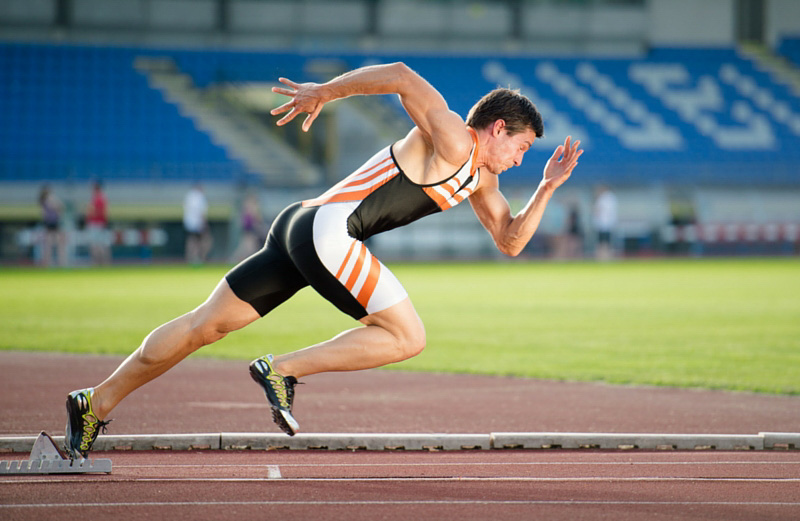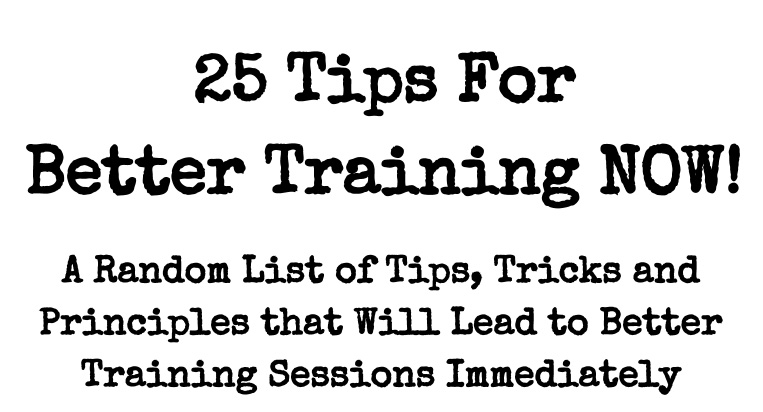Can you?
“Feel Your Heels”
And I don’t mean “do you logically realize that you do, in fact, have a body part (the calcaneous) that is in the lay mans terms called to as the “heel”.
But, can you actually “feel” it?
Like right now?
Feel it, as in, manage not only the pressure on the heel but where the pressure is and maybe even alter the pressure points?
And I’m NOT talking about flexing the ankle and pushing off the back edge of the foot. (More on that a bit later)
But instead, just feeling and maintaining pressure in the whole heel.
I’m willing to bet you can’t.
I know this because probably 80% of the people I train have trouble doing just that….
“Feeling the Heel”
*Dont feel like reading? Just jump down to the bottom and watch the video.
Look, I get the whole tripod foot, creating foot tension thing.
But it aint gonna work for most of my folks, at least not at first, cause they can’t even “feel” and maintain pressure in their heels, let alone “grip the ground”.
Why Press Through The Heels?
Cause it helps you stay “back” on the weight using your hips and not your knees as the primary moving joint.
For most people, who want to press through the balls of the feet and toes, cueing them to press through the heels is going to cut the difference and you’ve got a better chance of maintaining a stable foot with pressure through the mid-foot.
The above image is stolen from Starting Strength, it’s easily one of the very best books on training ever written.
Despite the current controversy about it and Mark Rippetoe and his teaching, I highly recommend it, buy one here.
No, “Press Through the Heels” is NOT a perfect cue….
It doesn’t guarantee anything, but helps keep the trainee from focusing pressure in the front of the foot and lifting their heels.
Is being in the toes that bad?
If you’re getting out of the starting blocks…

No, it’s where you want to be…
But if you’re trying to squat or lunge?
It’s terrible.
Essentially, when you create movement by pressing through the balls of your feet you’re not in a stable foot and hip position and you’re telling the brain you’re intending on moving forward.
Having an unstable foot and hip and moving forward when squatting is NOT something you want.
It’s pretty much a given that in a world full of knee and low back pain due to flat, flaccid, assess, we want to stay “back” on the weight, using the knees less and hips more.
So …..
“Press Through Your Heels”
Does that.
But What Does Press Through Your Heels Actually Mean?
“Focus Pressure on ALL 4 CORNERS of the Heel.”
The ENTIRE HEEL, ALL of the CALCANEUS
What “press through your heels” doesn’t mean is pick the toes up and press on the back edge of your heel, cause that’s actually:
Flexing the Ankle
It’s NOT the same thing and we don’t want that.
KEEP YOUR FEET FLAT on the ground, big toe and pinky toe on ground, manage your pressure and press through the entire heel.

Why Not Just Pull the Toes up and Flex the Ankle?
Pulling the toes up creates an incredibly unstable foot and in my experience leads to trainee’s “dumping” the weight back.
Instead of finding the correct line of action where the weight is best distributed (stolen image from above), which is usually just in front of the shin over the mid-line of the foot.
You’ll get a phenomenon where the trainee almost falls backwards with the weight.
Some common examples include:
Taking a step back as you’re about 4/5th of the way to locking out a deadlift or squat and when someone falls backward and onto the box with a box squat.
Sure you can do those things with a stable foot too, but in my experience, the chances of doing them increase greatly the moment someone lifts their toes up in an effort to stay back in the heels.
Flexing the ankle and Digging into the back edge of the foot is a NO-No (usually) because it fundamentally changes the exercise because you’re changing a joint angle.
For Example: The Split Squat
If I maintain a stable foot when I press up I must extend the hip (use the glutes) and the knee to stand up.
If I simply flex my ankle, I no longer need to rely on the hip to “stand up” I can essentially use my back leg as a kickstand and only need to extend my front knee to stand.
I don’t really have to use the hips at all.
Obviously, this is an exaggerated example, but it happens all the time.
Learning To “Feel the Heel”
Step #1: Lose The Shoes
Or at least get something without so much heel padding.
All that cushioning is doing is screwing with the way your brain interprets the feedback from the ground and its allowing your foot to shift around inside the shoe as it’s compressed.
Half the reason you can’t “feel your heels” is likely because you never have.
Athletic shoes have had so much padding that they’re more like pillows on the feet than a protective covering.
How can you possibly “feel” for the ground when you’re standing on a pillow?
We’re very lucky that we live in a time where the minimalist shoe has been embraced and you have so many choices.
It wasn’t long ago that your choices were:
- Cross Trainers <—pillow shoes
- Chucks <—-which had ZERO flexibility in the sole
So yeah, Chucks were great to squat bench and dead in, but walking lunges…ummmmm, not so much.
Today you have Nike Free’s, New Balance Minimus, and about 100 other options to choose from.
Without the padding and the more flexible sole you’ll be more “connected” to the ground and have a better feel for where the pressure and weight is on your foot.
Step 2: Practice Changing and Controlling Foot Pressure
Stand in your minimalist shoes or even barefoot and find where your big toe, pinky toe and heel are all in contact with the ground.
Now gently move the pressure around the foot NEVER allowing any of the landmarks (big toe, pinky toe, heel) to come up off the ground.
Something as simple as this can be VERY effective at teaching someone what it feels like to manage the pressure on their foot while maintaining a stable foot and not simply defaulting into pulling the toes up or flexing the ankle to stay back on the heel.
Feeling the Heel and being able to manage foot pressure might not seem like a big deal at first but think about it this way; your feet are your connection to the ground.
Your feet are the very things that “root” you into your platform, the same way your hands grip the barbell.
Your feet are the very base of your stability and the beginning of all force transfer through the ground.
Does being able to manage foot pressure seem a little more important now?
btw: any links that take you to Amazon, if you go there and buy something I get like 2%. <—-I’m required by the man to tell ya this.




